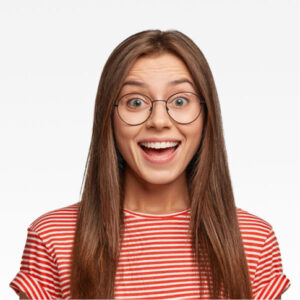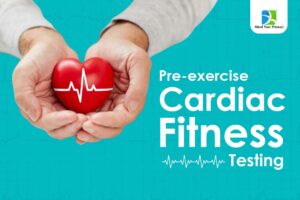
In our earlier blog we have seen that endurance based activities primarily depend on Oxidative Phosphorylation (Oxygen) energy system, hence it is beneficial for an athlete or coach to understand the fundamentals of cardiopulmonary system, which is responsible for transporting oxygen throughout the body.
The word cardiopulmonary stands for heart and lungs and the mechanism in which these organs work to transport oxygen and nutrients to the working muscles.
Anatomy :
Cardiopulmonary system mainly, consists of heart, lungs, blood vessels and the skeletal muscle. We begin our exploration from the Lungs. Blood passes through the capillary beds of the lungs, where carbon dioxide is unloaded and loaded with oxygen. This oxygen loaded blood then begins its journey to the heart via the pulmonary vein, it enters the left atrium of the heart and then flows into the left ventricle. When the heart beats oxygenated blood is ejected from the left ventricle through the aorta, aorta further branches into several smaller arteries that carry oxygenated blood to the entire body.
Upon reaching the working muscle it unloads oxygen and picks up carbon dioxide. Blood exiting the muscles is called “oxygen reduced”. Oxygen-reduced blood finally reaches the heart via two large veins, the superior vena cava and the inferior vena cava. It first reaches to the right atrium from where it moves to the right ventricle, when the heart beats it pumps out this oxygen-reduced blood to the lungs via the pulmonary artery.

We see that we have again reached the starting point of our journey, the oxygen-reduced blood enters the capillary beds of the lungs, to unload carbon dioxide and load oxygen. The blood then leaves the lungs in an oxygenated state. This synchrony between the heart, lungs, blood vessels and the tissues is carried on by the body continuously, even while we are at rest.
During an endurance-based activity the demand on the cardiopulmonary system increases and thus it is overworked. Increasing efficiency of the cardiopulmonary system is crucial for everyone, especially the endurance athlete.
Oxygen Transport
In the above paragraphs we discussed the basic anatomy and working of the cardiopulmonary system. Now, we will take a closer look at how oxygen is transported and exchanged on a cellular level.
Oxygen is carried in the body via the red blood cells in the blood. Red blood cells are also known as erythrocytes. The portion of the blood that contains red blood is also known as haematocrit (Hct). It is expressed as a percentage of volume of red blood cells relative to the total blood volume.
For an average individual, residing at about sea level elevation, the haemocrits range between 35-45 percent for females and 40-50 percent for males.
Each red blood cell (RBC) contains about 250 million molecules of haemoglobin (Hb). One molecule of haemoglobin is capable of binding with 4 molecules of oxygen. Hence, a single RBC can transport upto 1 billion oxygen molecules.
The process of oxygen transport is regulated by changes in the partial pressure of oxygen. Partial pressure of oxygen decreases as air moves from nose to the lungs. This decrease is due to the process of diffusion, molecules from high concentration area move to low concentration area. At sea level the PO2 of inspired air is approximately 159 mm Hg (millimetres of mercury) which drops to 105 mm Hg in the lungs. Blood entering lungs via pulmonary artery is in oxygen reduced state and has PO2 of approx. 40 mm Hg. This pressure difference or pressure gradient (105 mm Hg in lungs and 40 mm Hg in blood) favours diffusion of oxygen from lungs to the oxygen-reduced blood, where it binds to haemoglobin molecules.
Owing to the oxygen diffusion in the lungs the, oxygen-enriched blood exits the lungs with a PO2 of 100 mm Hg. As discussed earlier the heart circulates this oxygen-enriched blood throughout the body. When oxygen-enriched blood arrives at the capillary bed of a skeletal muscle, the pressure gradient favours the release of oxygen from haemoglobin to the muscle. The PO2 of skeletal muscle is roughly 30 mm Hg, and the PO2 of oxygen-enriched blood is approx. 100 mm Hg. The oxygen unloaded from the blood to the muscle tissue can now be used by the mitochondria in the cell to produce energy. Finally the blood exits the skeletal muscle’s capillary bed in an oxygen-reduced state with a PO2 of 40 mm Hg. The blood then returns to the lungs through the heart and the same process is repeated once again.
In the forthcoming blogs we will see the beneficial effects of training on the cardiopulmonary system.





